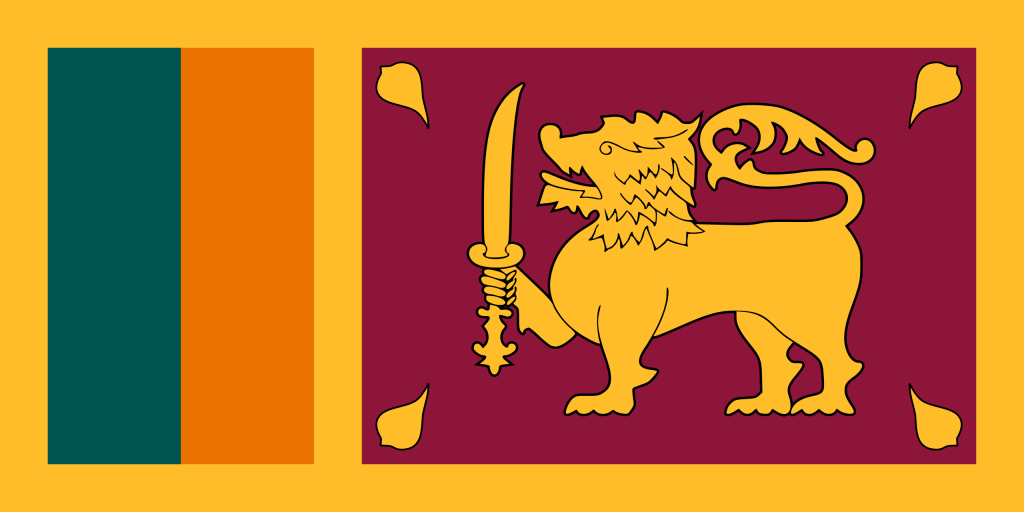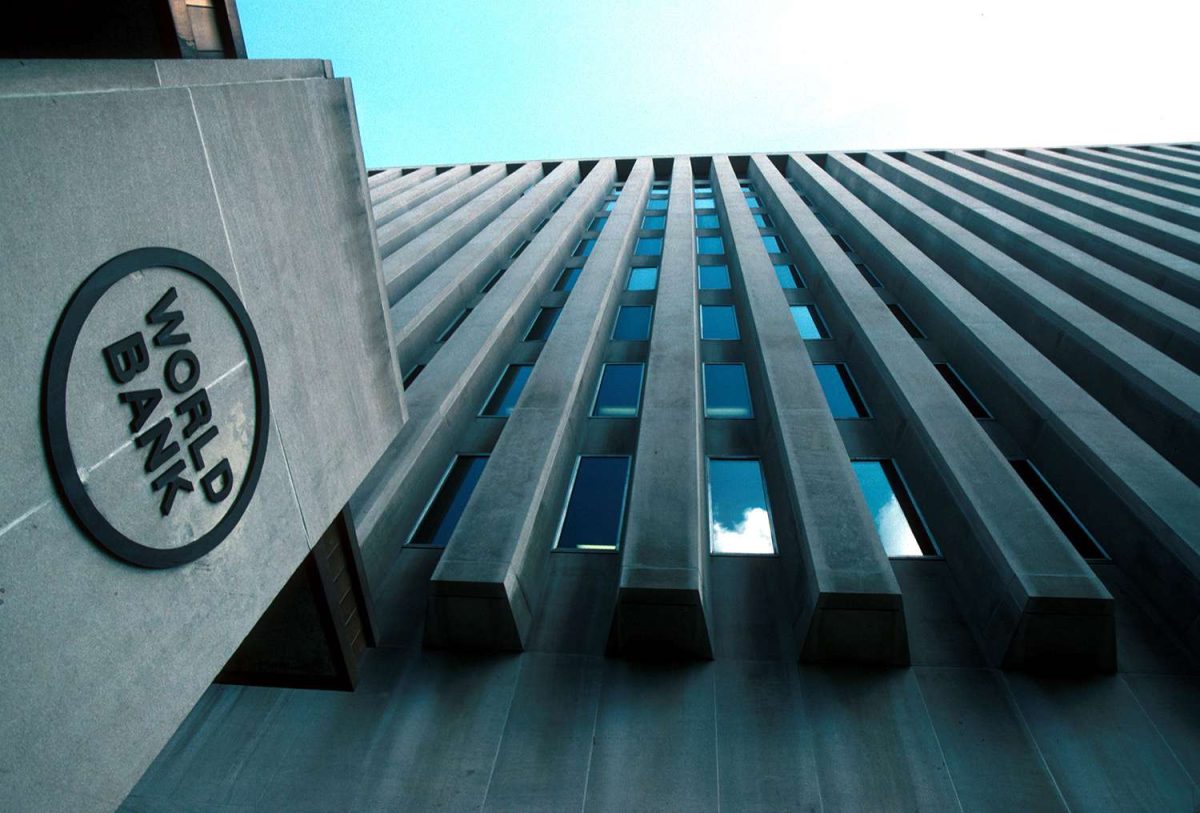Sri Lanka has secured a \$1 billion loan from the World Bank aimed at revitalising its agriculture, tourism, and energy sectors, marking a significant step in the country’s recovery from its worst-ever economic crisis.
The announcement came on Wednesday following a meeting in Colombo between World Bank President Ajay Banga and Sri Lankan President Anura Kumara Dissanayake. In a statement, the World Bank said the funding package is designed to reinforce key industries, draw in private investment, and support sustainable economic growth.
“With progress underway to stabilise the economy and restart growth, core elements for job creation are in place,” Banga stated, highlighting the country’s ongoing transition from crisis to recovery.
The loan will be disbursed over a period of three years, and is part of broader efforts to rebuild confidence in Sri Lanka’s economic future after a devastating collapse in 2022. That year, the country effectively ran out of foreign reserves, halting its ability to import essential goods such as food, fuel, and medicines. The shortage sparked widespread protests and ultimately led to the resignation of then-president Gotabaya Rajapaksa.
His successor, Ranil Wickremesinghe, initiated a stabilisation programme that included a \$2.9 billion bailout from the International Monetary Fund (IMF). That four-year IMF arrangement helped stabilise public finances, increase revenue collection, and paved the way for negotiations to restructure Sri Lanka’s external debt, which totalled \$46 billion at the time of the country’s sovereign default in April 2022.
“Now is the time to accelerate reforms and create the conditions for private enterprise to thrive — particularly in sectors that can create jobs at scale,” Banga added, urging the Sri Lankan government to build on current momentum by deepening reforms.

Despite improvements in macroeconomic indicators, significant challenges remain. The World Bank noted last month that poverty levels remain high, and many citizens continue to struggle with the cost of living, even as GDP growth begins to pick up. In 2024, Sri Lanka’s economy grew by 5.0 percent — slightly above the World Bank’s projection of 4.4 percent — signalling the first year of positive growth since the onset of the crisis.
However, looming trade issues with the United States threaten to derail this fragile recovery. Earlier this month, the IMF warned that Sri Lanka’s rebound could be compromised if the U.S. reintroduces steep tariffs on Sri Lankan goods. The United States is Sri Lanka’s top export destination, accounting for nearly 25 percent of the country’s \$12 billion in annual merchandise exports — a trade relationship that heavily favors Sri Lanka.
Washington had imposed a 44 percent “reciprocal tariff” on Sri Lankan goods but paused its enforcement for 90 days. The Sri Lankan government has not retaliated, opting instead to pursue dialogue in hopes of reaching a negotiated resolution.
As Sri Lanka continues its road to recovery, the new World Bank loan could play a pivotal role in rebuilding industries and restoring investor confidence. But the durability of that recovery will depend heavily on continued reform, international support, and navigating global trade tensions — particularly with critical partners like the U.S.


 Trending
Trending 
